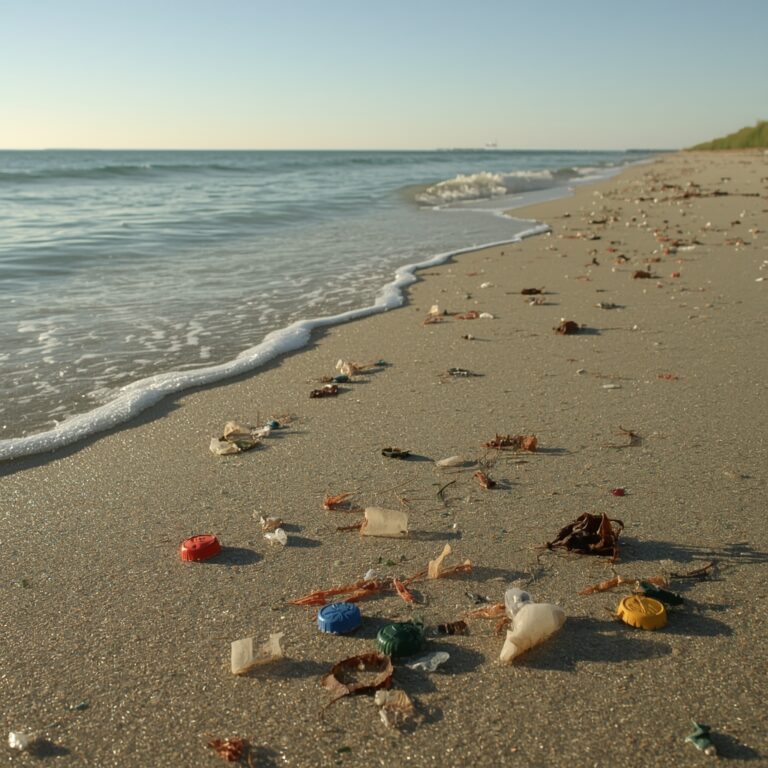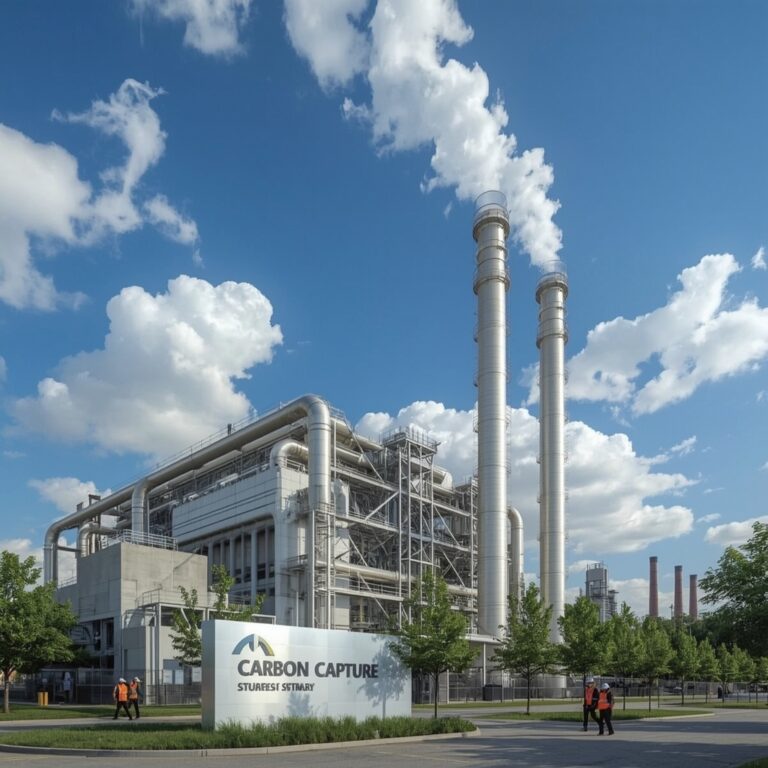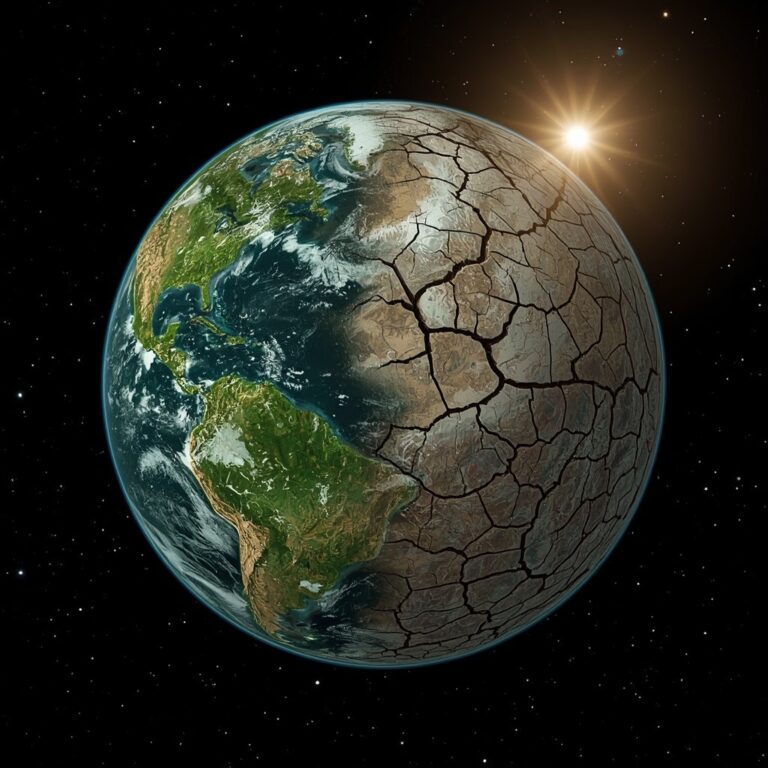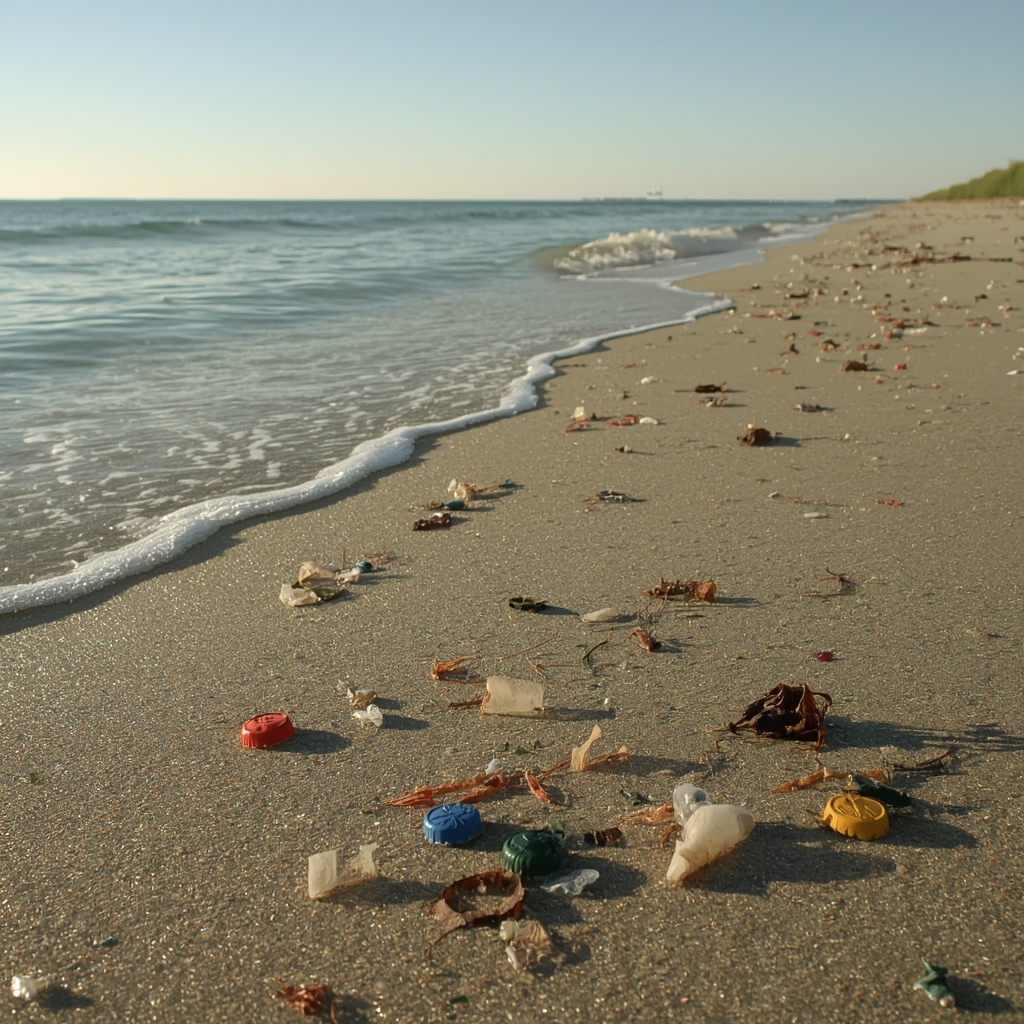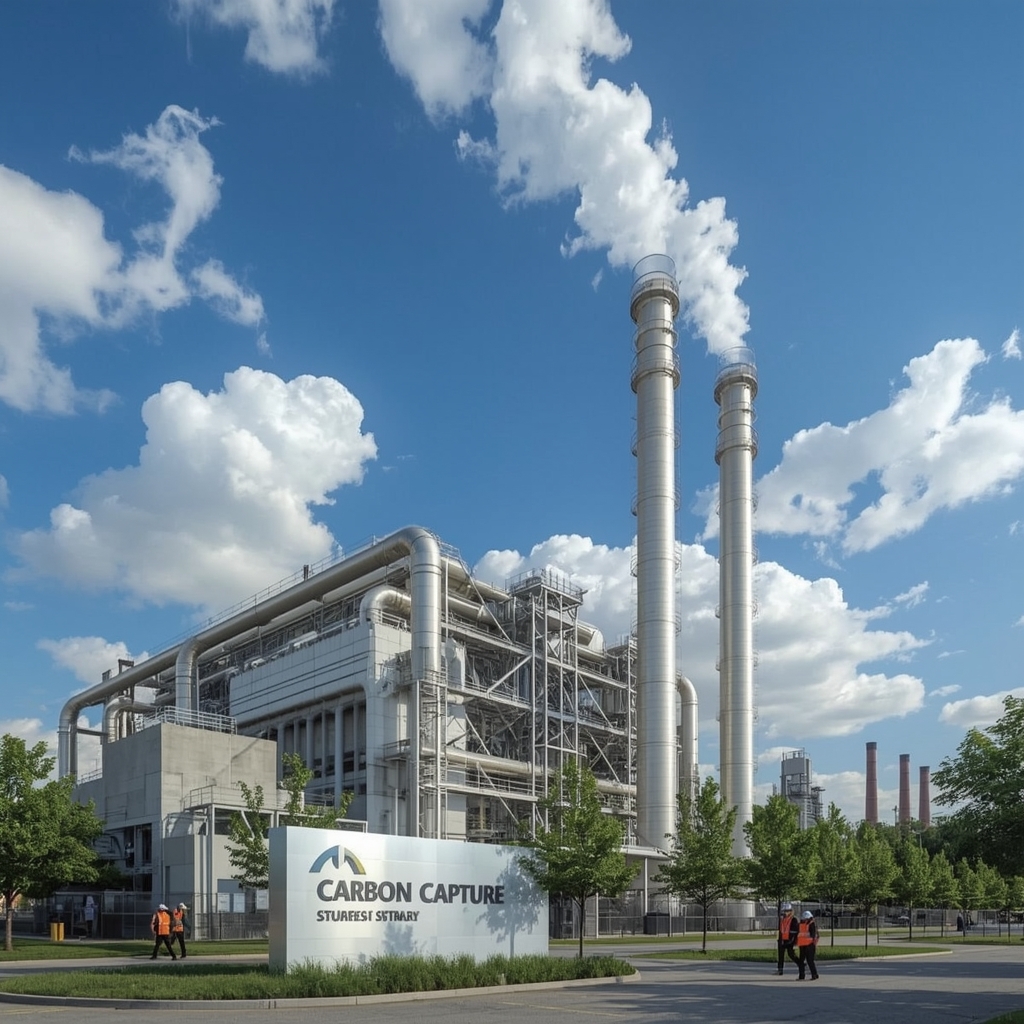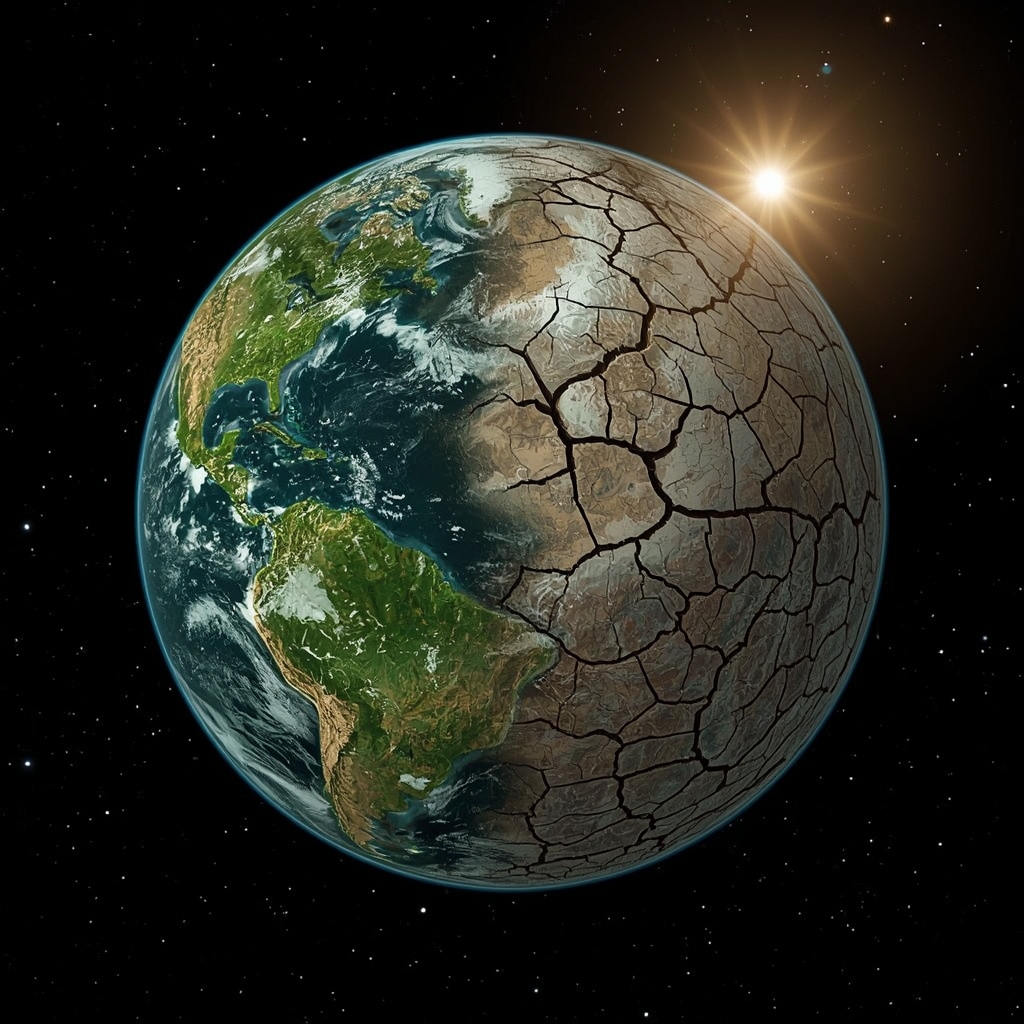How to Restore Ecosystems in USA – Practical Steps for a Greener Future
Introduction – the importance of restoring ecosystems
How to restore ecosystems in USA is one of the most pressing environmental challenges of our time. Healthy ecosystems provide clean air, fresh water, fertile soil, and a safe habitat for wildlife. Yet, decades of deforestation, pollution, and urban expansion have weakened natural landscapes. Restoring ecosystems is not just about protecting nature—it’s about supporting communities, improving resilience to climate change, and securing a sustainable future. By taking collective action, from reforestation to sustainable agriculture, the USA has the power to rebuild its ecosystems and inspire global environmental leadership.
What ecosystem restoration means
Ecosystem restoration is the process of repairing damaged environments so they can function naturally again. It includes replanting forests, cleaning rivers, restoring wetlands, and protecting endangered species. In the USA, many ecosystems—from grasslands to coastal areas—have been degraded by industrialization and unsustainable practices. Learning how to restore ecosystems in USA means recognizing that every action, big or small, contributes to recovery. Restoration doesn’t just benefit wildlife; it also improves human health, prevents soil erosion, and builds resilience against floods, storms, and rising temperatures.
Why ecosystem restoration matters in USA
The USA depends on its ecosystems for food, water, and economic stability. Forests regulate the climate, wetlands filter water, and pollinators ensure crops grow. When ecosystems degrade, communities face higher risks of droughts, wildfires, and biodiversity loss. That’s why understanding how to restore ecosystems in USA is so vital. Restoration creates jobs in green industries, strengthens rural economies, and protects cultural and natural heritage. It’s not just an environmental effort—it’s an investment in public health, climate resilience, and long-term prosperity.
Key strategies to restore ecosystems
Reforestation and afforestation
Planting trees is one of the most effective ways to restore ecosystems. Forests absorb carbon dioxide, protect soil, and provide shelter for wildlife. Community-led tree planting campaigns across the USA help restore forests damaged by logging and wildfires.
Wetland and coastal restoration
Wetlands are natural filters that clean water and reduce flooding risks. Coastal restoration projects, such as rebuilding oyster reefs and planting mangroves, protect shorelines from erosion while supporting marine biodiversity.
Sustainable agriculture
Farming practices like crop rotation, organic methods, and regenerative agriculture reduce soil damage and restore fertility. Supporting farmers who adopt eco-friendly methods is a crucial part of how to restore ecosystems in USA.
Pollution control and clean-up
Removing plastic waste, cleaning rivers, and reducing chemical pollution are essential steps. Community clean-up drives across cities and rural areas help restore balance to ecosystems.
Role of technology in ecosystem restoration
Technology plays a growing role in how to restore ecosystems in USA. Drones are used for large-scale tree planting, while satellite imagery monitors forest health. Artificial intelligence helps track wildlife patterns, and water treatment innovations restore polluted lakes and rivers. By combining modern technology with traditional conservation methods, the USA can accelerate ecosystem recovery more effectively than ever before.
Community involvement in restoration
Restoring ecosystems requires people working together. Local communities, schools, and grassroots organizations are at the heart of these efforts. From neighborhood tree planting to conservation education, community action raises awareness and creates lasting change. People can volunteer with non-profits, support local farmers, or advocate for eco-friendly policies. How to restore ecosystems in USA is not just about government or science—it’s about everyday citizens making sustainable choices that protect the environment for future generations.
Government and policy initiatives
Government policies play a vital role in restoration. National parks, conservation funding, and environmental regulations help protect ecosystems. Programs that support renewable energy, sustainable farming, and habitat protection also contribute to recovery. When we discuss how to restore ecosystems in USA, policy measures such as the Clean Water Act, reforestation incentives, and climate adaptation plans ensure progress at a national scale. Effective leadership provides the framework needed for communities and organizations to succeed in their restoration efforts.
Challenges in ecosystem restoration
Restoring ecosystems is not easy. It requires time, funding, and cooperation across sectors. Challenges include balancing economic development with conservation, combating misinformation, and addressing climate change impacts that slow recovery. Still, each challenge presents an opportunity to innovate. By integrating science, technology, and policy, the USA can overcome these barriers and move toward a greener, more resilient future. Understanding these obstacles is key to effectively planning how to restore ecosystems in USA.
Final thoughts
How to restore ecosystems in USA is more than an environmental goal—it’s a necessity for survival. Healthy ecosystems mean healthier people, stronger economies, and a safer climate. Whether through reforestation, sustainable farming, or community-driven conservation, every step counts. With public awareness, government action, and technological innovation, the USA has the tools to reverse environmental damage and build a future where nature and people thrive together. Restoring ecosystems is not just about repairing the past—it’s about creating a sustainable legacy for generations to come.

